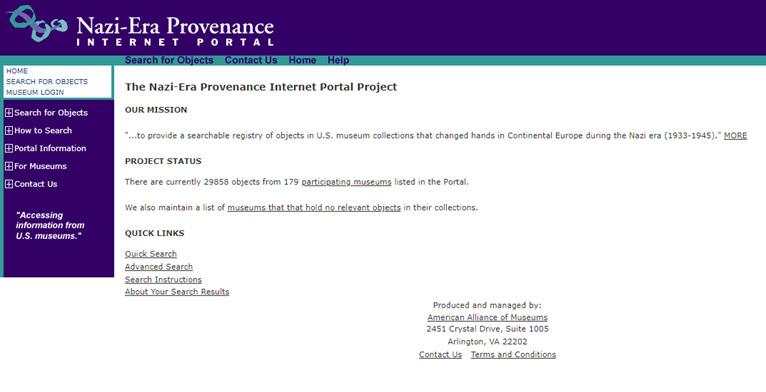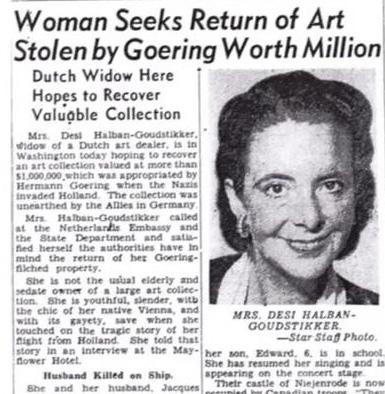
4 minute read
An Application of Intelligence: David Toren’s Story
This piece was originally published in Holocaust Remembered, Vol. 4 in 2017.
David Toren’s 1939 escape to Sweden from the German city of Breslau (now Wroclaw) on the Kindertransport separated him from his older brother, Hans Peter. While David took refuge in Sweden, Hans Peter had gone ahead, arriving in England one day before World War II began. The Toren parents had information on David’s whereabouts, but did not know where their firstborn was. At age 14, David cleverly devised a ploy that got information past Nazi censors, tipping his parents off as to Hans Peter’s location. For his ploy, he turned to an encyclopedia. “I knew we both had copies of a single volume encyclopedia published by Knaur. I told my parents in a letter: ‘I do not want t o forge German, so I am memorizing it, going entry by entry in the encyclopedia. I am now up to Leibzins.’ My father realized something was hidden in that message. The next entry was Leister, a university town in England. From my reference my parents knew Leister was the town my brother was in and were able to figure out the rest.”
More than seven decades later, Toren still cherishes his father’s responding letter of praise, calling him smart for such an application of intelligence. He also remembers the long and troubling train ride from his native Germany to an unknown Sweden, a trip during which the teenage boy held on his lap someone’s baby, entrusted to him. As the train rumbled across Europe, he reflected on the life being left behind.
“In our community, it was my father who organized the Kindertransport. The seat I took had been promised to a friend who had left our community with his family, destined for the Dominican Republic.” Toren explained that country’s then-president, Rafael Trujillo, believed accepting German Jews who had professional credentials would help improve the intellectual fiber of the country.
The exodus of both brothers took place in 1939, Toren said, “… and my parents were still alive. They were killed March 4, 1943, in the gas chambers at Auschwitz.”
Toren managed to hang onto the iconic encyclopedia through tumultuous war times, followed by international moves, service in the Israeli military and, eventually, immigration to the United States. Unfortunately, he cannot show readers what that reference book looked like.
“I kept it with me all those years,” explained Toren, who at age 90 still holds sway at the Manhattan law firm on whose letterhead his name is listed. Throughout his professional life, he practiced intellectual property law.
“The Knaur Encyclopedia was in my office on the 54th floor, North Tower, World Trade Center on 9/11, the day Bin Laden struck.”
Toren has emerged on the international news scene in recent years because of his successful lawsuit against Germany for the return of Nazi-looted art work for which he produced indisputable proof of heirship. A Max Liebermann painting, Two Riders on the Beach, was one of 306 art RACHEL items stolen from Toren’s great-uncle, and MONTGOMERY has been only one of a few works of art HAYNIE (OBM) returned to rightful heirs. Toren resides in Manhattan. He has new legal claims in motion against Germany for the return of the other 305 works of art and porcelain stolen from his family. stripped of his sight by shingles in 2007. The timeline on that article began with Toren, a pubescent boy, escaping on the last Kindertransport Breslau, Poland, now known as Wroclaw. More than seven decades later, injus tices attendant to the Holocaust continued haunting him, now a keen-minded lawyer. Along with the international art world, he was rocked by the 2013 discovery of a trove of Nazi-looted art, horded and obscured for years in the Munich apartment of the reclusive son and heir of an unscrupulous Nazi-associated art dealer. Toren’s European agent, who had long been searching for art pilfered by Nazis, notified his Manhattan client he had just seen the Max Liebermann painting, Riders on a Beach one of only a few confiscated pieces shown at a news conference as examples from the art raid. Toren’s photographic memory enabled him to thumb through law books he could no longer see. Several fruitless initiatives later, he found a legal loop and filed suit against the Republic of Bavaria for the return of the painting. Along with grit and determination, patience characterized Toren’s tenacious legal maneuvers. Forced justice prevailed in the paint ing’s return. Family justice prevailed in the disposition of the painting. His brother, the only other family member to survive the Holocaust, also was heir to the painting — and he had heirs. Toren would not be able to see the evocative painting. To achieve family justice, the decision was made to sell the painting. By the time the gavel came down at Sotheby’s of London, his brother had died leaving daughters to share in the proceeds from the painting’s sale — close to $2.5 million. It had been Toren’s distinctive recall of details, from his youth and from his law books, that helped connect the dots leading to the just return of the Liebermann. Equally vivid was his recall of other paintings, as well as ceramics and ivories, in the valu Above: New Yorker David Toren feels a replica of the Max Liebermann painting the Nazis stole from his family. Columbia artist Christian Thee created the copy, below, in bas relief so Toren, who is blind, can feel it. Bottom left: Toren is barely distinguishable in the only childhood photo of him that survived World War II. able collection then owned by his great











